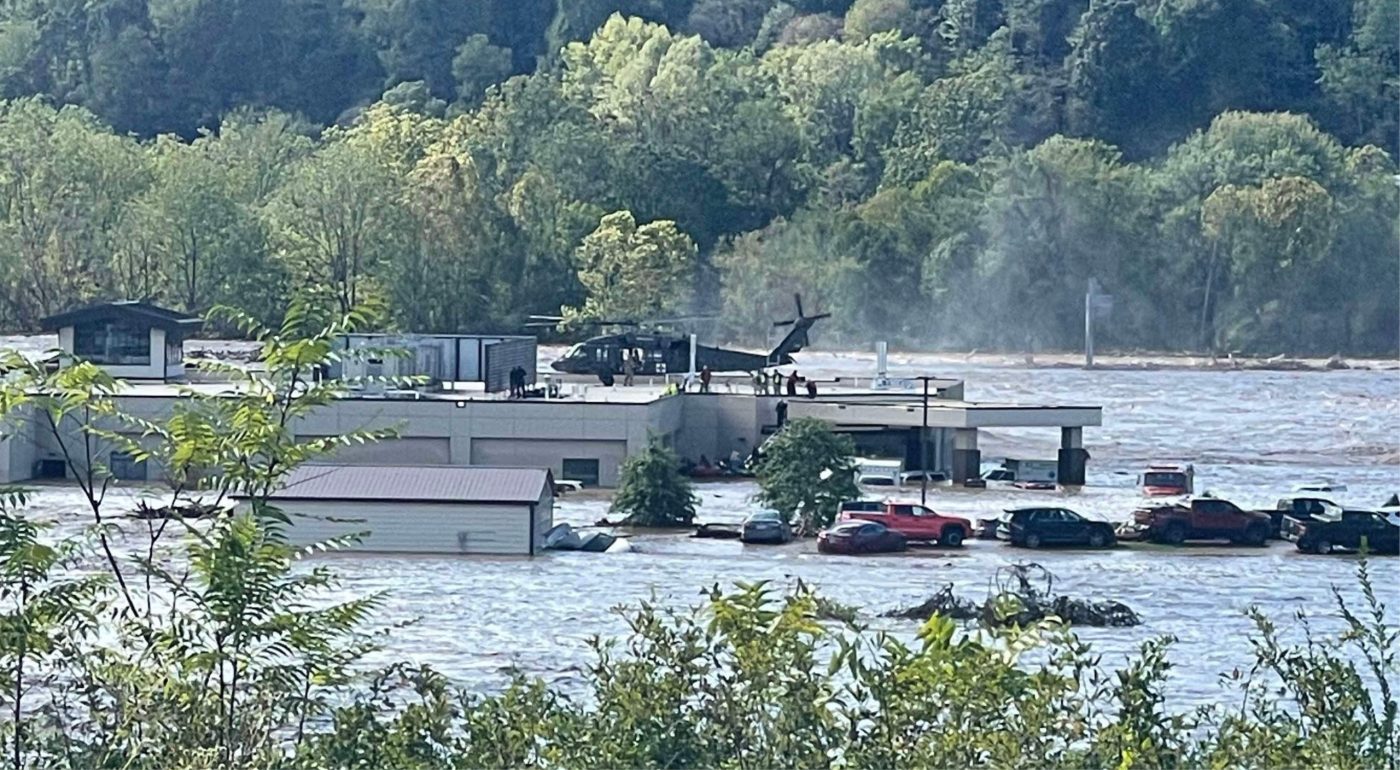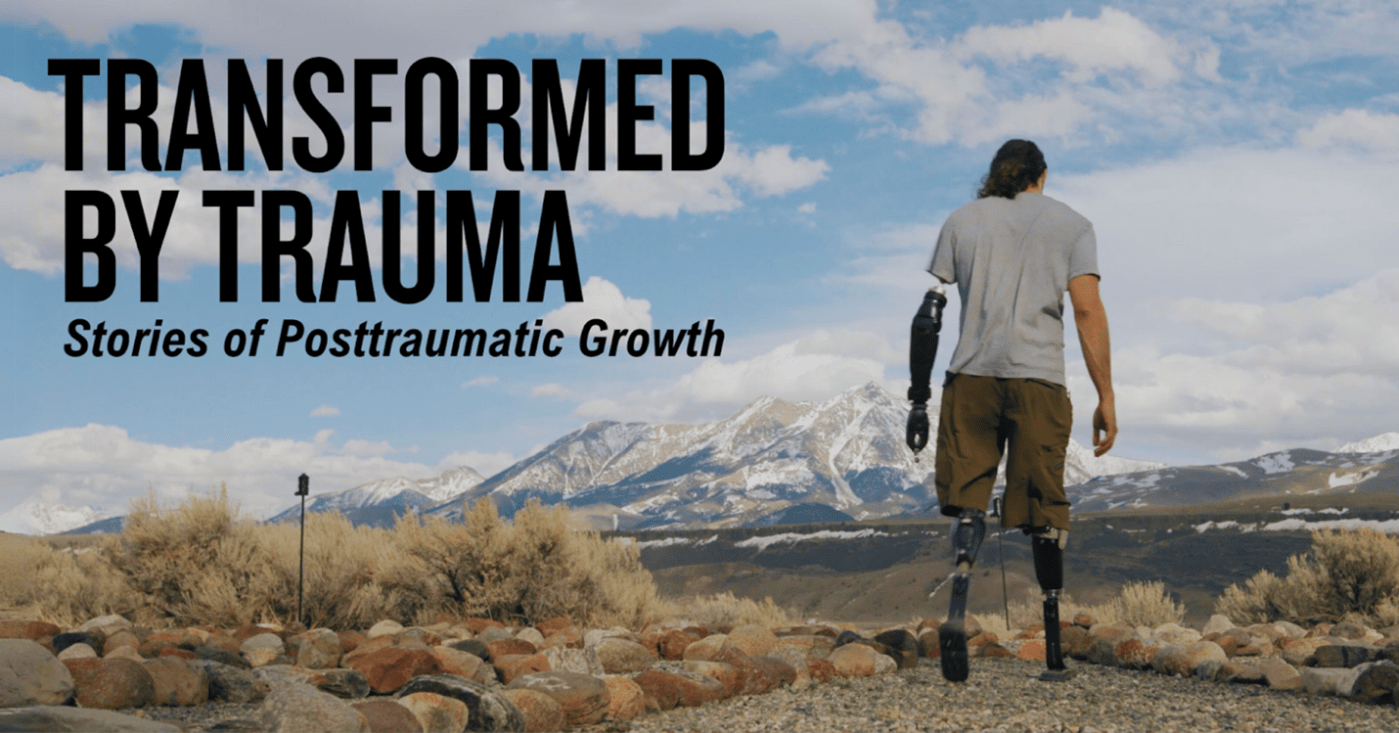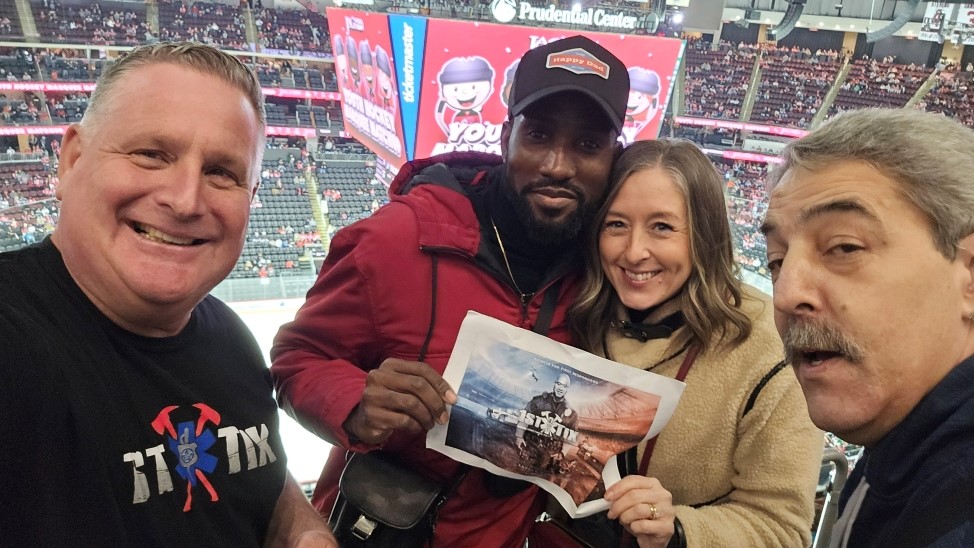VA received a $100,000 grant from Bowlers to Veterans Link (BVL) to support two new VA virtual initiatives—the Compassionate Contact Corps and Tele-yoga therapy.
VA’s Voluntary Services (VAVS) hosts one of the largest volunteer programs within the federal government. It depends on volunteers – as well as donations – to provide optimal assistance to Veterans.
From driving Veterans to appointments to providing support at annual events like the National Veterans Wheelchair Games, VA volunteers prove to be an integral part of the healing process for our Veterans, their families, caregivers and survivors.
When BVL reached out to VA Voluntary Services about the $100,000 grant donation, it was a no-brainer to push those funds to newly initiated tele-support programs; Compassionate Contact Corps and Tele-yoga therapy would benefit Veterans immediately.
Making Virtual Connections for Veterans
Compassionate Contact Corps is a patient experience tool born amid the need for physical distancing. In the past, VAVS’ Volunteer In-home Visitor Program did not gain the momentum it was projected to have. The in-home program requires volunteers to visit Veterans at their residences for social calls. However, some volunteers didn’t feel comfortable entering a Veteran’s home or traveling longer distances for visits.
While social distancing halts most of the U.S. from face-to-face interactions, the program took an immediate hit. However, the need to interact with Veterans was still present. That’s when the virtual phone buddy program – Compassionate Contact Corps – was created.
“Veterans we weren’t able to reach with the in-home program, we are able to reach with the ‘phone buddy’ program,” said Prince Taylor, Deputy Director for VA Voluntary Services. “Sites that were apprehensive about signing up for the in-home program began to sign up for Compassionate Corps.”
How Compassionate Contact Corps works
Veterans receive this service via referral from their care team. Video and audio calls are available to Veterans based on their comfort levels with technology. Audio-only calls are more popular with older Veterans who still use landlines as their primary means of contact, but most opt for the video calls which feel more personal. The calls have a positive impact on both sides—many of the volunteers who are using the phone buddy system have built a better rapport with Veterans and are now more comfortable to make in-person visits once the in-home program resumes.
Several different VA services have also joined the Compassionate Contact Corps, including VA’s Chaplain Services, the Office of Mental Health and Suicide Prevention, home-based primary care, caregiver support, social work, care management teams and geriatric extended care teams.
Nine VA facilities have Compassionate Contact Corp programs: Baltimore, Maryland; Minneapolis, Minnesota; St. Louis, Missouri; Syracuse, New York; Tucson, Arizona; White City, Oregon; Marion, Illinois; Columbus, Ohio and Fargo, North Dakota.
Ask your primary care provider if you are interested in VA’s Compassionate Contact Corps.
Bringing Yoga to your living room
Tele-yoga Therapy falls directly under the Whole Health initiative, which is VA’s cutting-edge approach to care that supports Veterans’ health and well-being. The program centers health care around what matters to the Veteran. Whole Health is a robust tele-support program.
When these programs began shifting to virtual environments, they were able to immediately provide guidance to the field on how to expand and implement tele-yoga at their facilities. The goal is to expand the program beyond this time of social distancing and reach those who live in rural areas, or Veterans who have a physically harder time visiting Medical Centers.
“Although most of the yoga is chair-based, there are some classes that require a yoga mat as well,” said Alison Whitehead, acting director for VA’s Integrative Health Coordinating Center. “So, this donation will really help provide yoga kits to Veterans in need.”
Yoga kits include a yoga mat, two yoga blocks, a yoga strap, a Star Well yoga DVD and water bottle. Classes are available through telehealth, with the yoga DVD as an additional resource. Veterans interested in the tele-yoga services should reach out to their local telehealth or whole health coordinators via their primary or mental health care team.
Improving Morale for Troops and Veterans
Bowlers to Veterans Link began in 1942, under the name Bowlers Victory Legion. BVL has a rich history of improving morale for troops during tours of duty as well as raising funds to support Veteran programs.
“We’ve been connected with VA since VA started. BVL is one year older than the VA, and we’ve been cutting edge with recreational therapy and understand that is an integral part in the healing of body and mind for the Veterans.” – Mary Harrar, Executive Director, Bowlers to Veterans Link
BVL funds recreation therapy programs that address the emotional and physical needs of Veterans and active-duty military. Its activities include sports, crafts, technology, and adaptive equipment for rehabilitation activities.
Bowlers, bowling leagues and bowling centers raise the funds, and they hand-pick the programs they want the donations to fuel.
For more on BVL, visit: https://bowlforveterans.org/
To volunteer or donate to Veterans through VA, visit VA Voluntary Service.
Maia A. Lee is a management analyst for the Veterans Experience Office.
Topics in this story
More Stories
During Hurricane Helene, the dedicated staff at Mountain Home VA provided crucial support and hope to those affected by the storm.
A powerful new documentary follows several Veterans and service members as they share their personal stories of transformation, hope and growth.
1st Tix distributes free event tickets to current and former first responders and their families.







